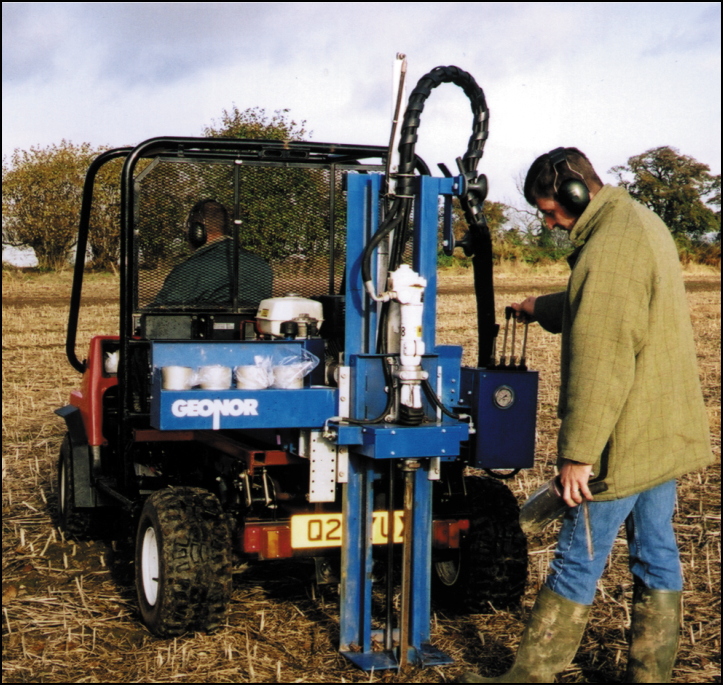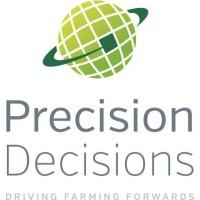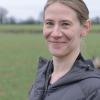Suggest content for this page below. Register to PEP and add your organisation or product/service to get listed here.
Methods have been developed for physical assessment of soil structure and soil health, including the Visual Soil Assessment (VSA) and the Visual Estimate of Soil Structure (VESS), which is being brought together with earthworm assessment in the AHDB's Soil Health Scorecard.
Precision soil mapping services include Precision Decisions, SOYL, Soil Essentials, Keith Mount Liming where soils samples are linked to GPS locations to allow variable rate applications of P, K, Mg and lime, as well as quantifying soil texture and soil organic matter.
Soil electrical conductivity relates to soil water content and hence can be used to assess variability in soil texture across fields, either using electromagnetic inducton (EMI) or through direct contact as in the Veris scanner.
The SoilOptix system available in UK as Terramap from Omnia Precision uses gamma-ray detection technology to allow high resolution estimation of a range of soil nutrients and properties.
There are a wide range of in situ soil moisture meters that have long been available and can now be linked and networked to weather stations such as SenCrop.
Soil nitrate sensors have been in development for many years.
Monitoring Soil Carbon
Given the interest in increasing storage of carbons in soils, and the possible payment for this and associated needs for verification, many technologies are being developed to more easily measure soil carbon. There is lots of interest in doing this from satellites via remote sensing (eg Downforce), though whether this can give the differentiation and precision required for UK systems is yet to be proven.
Interesting technologies being developed include Yardstick
Monitoring Soil Biology
Increasingly tests are being developed and used to assess the microbial activity of soils, Solvita tests of CO2 respiration, available as part of NRM's soil health report.
Others include the BeCrop test from Biome Makers.
Share below whats missing, or your experiences with these technologies.
New Technologies











